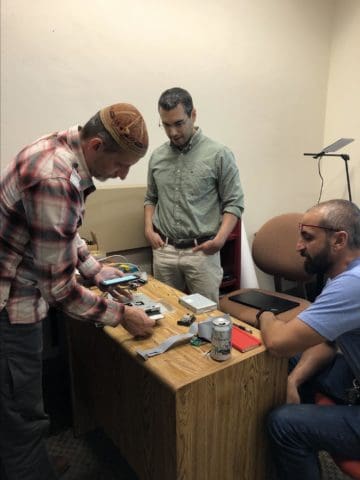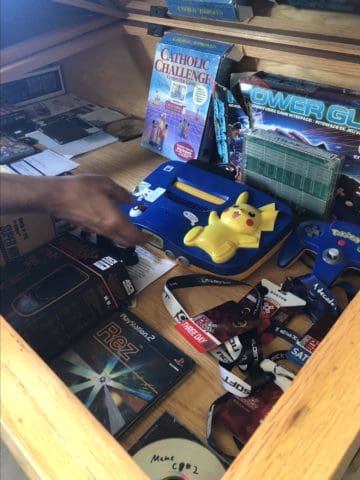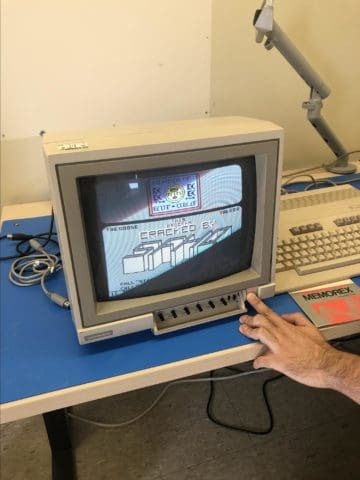As the project lead for the University of Arizona FCoP project team, I’ve realized that preserving and providing access to software is a lot like a jigsaw puzzle for three reasons: 1) it takes (a lot of) time to put each piece in place in order to get a working picture of the objective, 2) though there isn’t a specific sequential order to the puzzle, there is a general path forward where some pieces or groups of pieces can’t be placed until others are laid down, and 3) when we collectively pool resources and knowledge, putting the pieces together gets a lot easier! Over the past 15 months, the University of Arizona FCoP Project Team has gotten a lot done in the way of software and game preservation. From imaging C64 games using a specialized floppy disk controller to hosting outreach events on software preservation and emulation within our campus interest group, the project team has increased our institution’s capability to preserve and provide access to software while pushing forward a local conversation on the topic. This work, in many ways, was a huge jigsaw puzzle that many individuals and entities worked on collectively to make happen.
The Arizona project team is unique in the sense that two institutions at the University of Arizona–the University Libraries and the Learning Games Initiative Research Archive (LGIRA)–came together to bridge gaps in resources and knowledge in order to increase our capacity to preserve software. LGIRA has a wealth of unique game systems and games spanning numerous formats and decades: the diversity in LGIRA’s collection luckily gave us a ton of different choices when it came to selecting games to preserve and emulate. On the other end, the Libraries has a newly formed Digital Preservation Lab I manage where data on born-digital media (floppy disks, CD’s, hard drives) is processed and preserved: resources in the way of specialized equipment and secure, dedicated working spaces (both physical and digital) available in the Lab enabled proper preservation of the games in LGIRA’s collections.

While our project focused mostly on game preservation, primarily on floppy disk-based games (like the Commodore64), we thought this grant project was a perfect opportunity to launch a larger conversation on software preservation needs and challenges through a software preservation campus interest group. The University of Arizona Software Preservation Group (UASPIG) brought together faculty, researchers, librarians, and practitioners on campus together for informal discussions and outreach events on software preservation within a local, research-based context. We explored discipline-specific use cases and needs for software preservation within the context of second-language acquisition, astronomy, library & information science graduate learning, and website preservation. Gathering inividual needs for software preservation across the university strengthens our ability to deal with it by collectively strategizing solutions and sharing resources, while further demonstrating the importance of short-term grant projects like these.

Lastly, access to the games we preserved through the EaaSi sandbox would have been impossible without this grant project, SPN, and the digital preservation community’s work on EaaS. Access to old, unsupported software and digital objects has been one of the most challenging pieces of the puzzle for the Libraries. Having access to EaaSi allowed us to play those C64 games we imaged without depending on the Commodore game system and to strategize how we might implement access to software and obsolete digital objects in our born-digital archives in Special Collections through a web-based emulator on a programmatic level.

To say that we have the entire puzzle that is software preservation and emulation figured out wouldn’t be entirely true, but because of our participation in Fostering Communities of Practice we have a well-thought out, detailed roadmap outlining the elements, resources, and time required to sustain a lightweight, comprehensive software curation program within a cultural heritage context. At every turn during this project I’ve been reminded of the fact that the smartest solutions hinge on the collective force of a diverse, varied group and the extension of their individual strengths. The picture that the puzzle conveys may change over time, or there may always be one small piece with a warped corner that doesn’t quite fit, but I am quite confident that those in our communities surrounding the table can and will figure it out together.